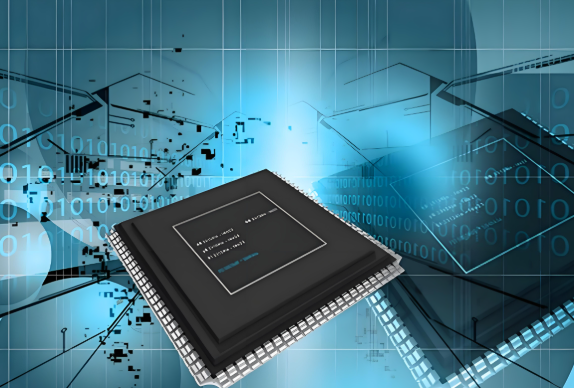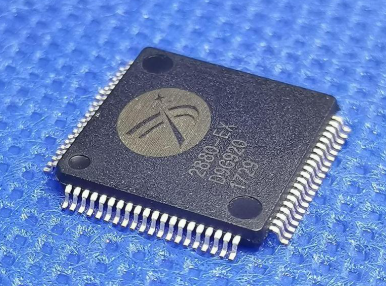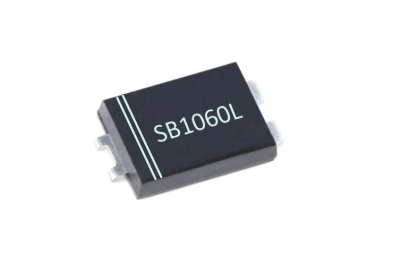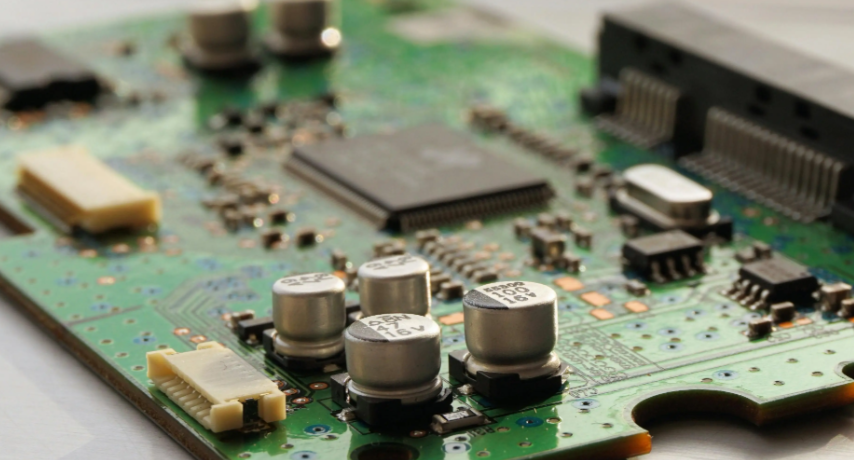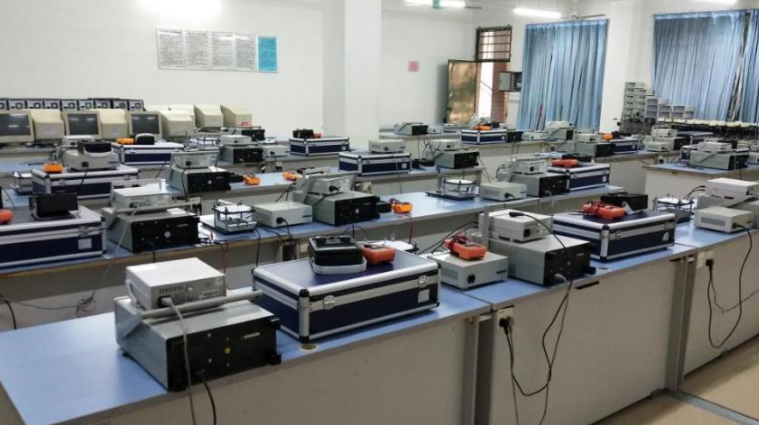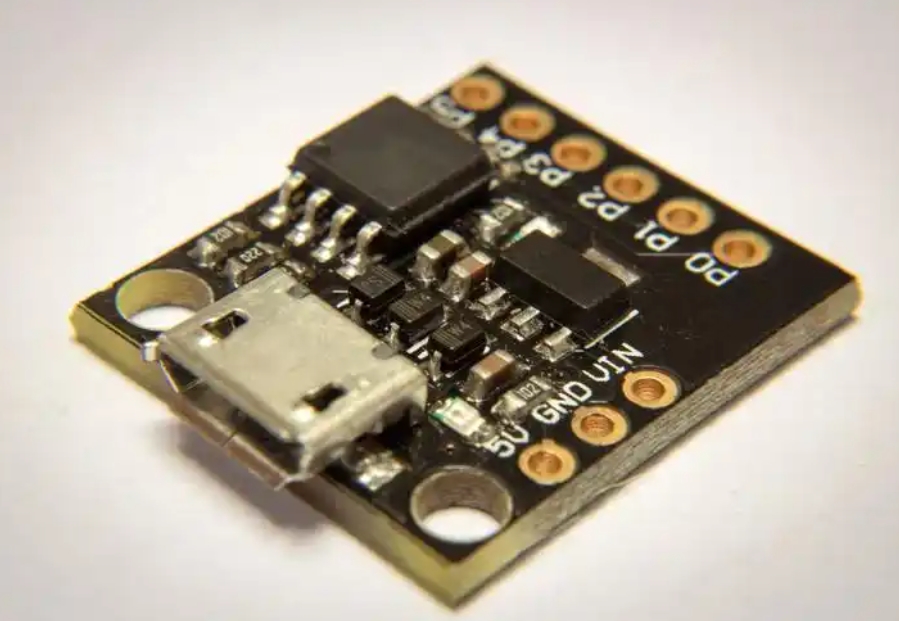The Essential Guide to Electronic Components on Circuit Boards
Introduction
In the heart of every modern electronic device, from the simplest digital clock to the most complex supercomputer, lies a printed circuit board (PCB). These boards are the foundational platforms upon which the symphony of modern electronics is orchestrated. At the core of this symphony are the electronic components on circuit boards, the fundamental building blocks that give life and functionality to these technological marvels. Understanding these components is not just for engineers; it’s a fascinating glimpse into the invisible world that powers our daily lives. This comprehensive guide will delve into the types, functions, and critical importance of these components, highlighting how platforms like ICGOODFIND are revolutionizing how we source and understand them. The intricate dance of currents and signals across a PCB is a testament to human ingenuity, and it all begins with these tiny, yet powerful, elements.

The Core Building Blocks: Active and Passive Components
The universe of electronic components on circuit boards can be broadly categorized into two distinct families: active and passive components. This distinction is fundamental to understanding how circuits operate and achieve their intended functions.
Passive Components: The Foundation of Control
Passive components are the workhorses of any circuit. They cannot introduce net energy into a circuit nor can they amplify a signal. Instead, they influence the flow of electrical current in predictable ways, providing control, stability, and structure. Their operation relies entirely on the energy already present in the circuit.
- Resistors: Arguably the most common component, resistors are the traffic controllers of electron flow. Their primary function is to limit or regulate the electric current passing through a specific part of the circuit. They do this by providing a specific amount of electrical resistance, measured in Ohms (Ω). Without resistors, sensitive components like Light-Emitting Diodes (LEDs) would be instantly destroyed by excessive current. They are also crucial for dividing voltages, a necessary function for biasing transistors and other active devices.
- Capacitors: Think of capacitors as tiny, rechargeable batteries or shock absorbers. They are designed to store and release electrical energy in an electric field. This ability allows them to perform several critical roles: smoothing out voltage fluctuations (filtering), blocking direct current (DC) while allowing alternating current (AC) to pass (coupling/decoupling), and tuning frequencies in oscillators and radio circuits. They come in various types, including ceramic, electrolytic, and tantalum, each suited for specific applications.
- Inductors: Less common on digital PCBs but vital in power supplies and radio frequency (RF) circuits, inductors store energy in a magnetic field when electric current flows through them. They resist changes in current, making them excellent for filtering, energy storage in switching regulators, and in conjunction with capacitors to create tuned circuits for selecting specific frequencies.
Active Components: The Brains and Amplifiers
Active components are the intelligent elements that can control electron flow and, most importantly, amplify power. They require a source of energy (usually from the circuit’s DC power supply) to operate and can inject power into a circuit.
- Integrated Circuits (ICs): These are the undisputed brains of modern electronics. An IC, or microchip, is a masterpiece of miniaturization where an entire circuit—containing millions or even billions of transistors, resistors, and capacitors—is fabricated onto a single small piece of semiconductor material. They perform a vast array of functions, from serving as the central processing unit (CPU) in a computer to managing power, processing audio signals, and storing memory. The complexity of modern devices is made possible almost entirely by advanced ICs.
- Transistors: If ICs are the brain, transistors are the neurons. As semiconductor devices, transistors are used to amplify or switch electronic signals and electrical power. They are the fundamental building block of every modern electronic device. A small current or voltage applied to one pair of the transistor’s terminals controls a much larger current through another pair. This property enables amplification (making a weak signal stronger) and switching (acting as an on/off gate, which is the basis of digital logic).
- Diodes: These are the one-way streets of electronics. A diode allows current to flow easily in one direction but severely restricts it from flowing in the opposite direction. This property is used for rectification—converting alternating current (AC) to direct current (DC)—which is essential for power supplies. Light-Emitting Diodes (LEDs) are a special type of diode that emits light when current passes through it.
The PCB Ecosystem: How Components Interconnect and Function
Understanding individual components is only half the story. Their true magic is revealed when they are assembled onto a PCB and begin working together as a system.
The Printed Circuit Board: The Stage
The PCB itself is a non-conductive substrate sheet, typically made of fiberglass epoxy, onto which conductive pathways or traces are printed. These copper traces replace complex webs of wiring, providing a neat, reliable, and compact structure for mounting components. The board features holes (through-hole technology) or pads (surface-mount technology) where components are soldered into place, electrically connecting them to the traces and to each other.
Circuit Functionality: A Symphony of Interaction
The specific arrangement and interconnection of components define the circuit’s purpose. For example: * A Power Supply Circuit might use diodes arranged as a bridge rectifier to convert AC to pulsating DC, capacitors to smooth out those pulses into a steady voltage, and a voltage regulator IC to maintain a constant output despite fluctuations in input or load. * An Audio Amplifier Circuit uses transistors or an operational amplifier IC to take a tiny audio signal from a microphone and amplify it to a level powerful enough to drive a loudspeaker. Resistors and capacitors around the amplifier set its gain (amplification factor) and filter unwanted noise. * A Microcontroller Circuit, found in countless embedded systems like a microwave oven, centers around a single microcontroller IC. This chip contains a CPU, memory, and programmable input/output peripherals. It reads inputs from buttons and sensors (using analog-to-digital converters), processes this information based on its programmed instructions, and controls outputs like displays, motors, and LEDs.
This intricate collaboration transforms a collection of discrete parts into a functional system with emergent capabilities far greater than the sum of its parts.
Sourcing Quality Components: The Critical Role of Supply Chains
The performance, reliability, and longevity of any electronic product are directly tied to the quality of its components. This makes the sourcing process absolutely critical.
The Challenge of Modern Sourcing
The global electronics supply chain is vast and complex. Design engineers and procurement specialists face numerous challenges: * Counterfeit Components: The market is flooded with fake parts that are often remarked (fraudulently relabeled as a higher-grade or genuine component), recycled (pulled from old boards), or outright clones. These can lead to catastrophic system failures. * Supply Shortages: Geopolitical issues, natural disasters, and surges in demand can create severe shortages of critical components, halting production lines for months. * Quality Verification: Ensuring that components meet their published specifications and reliability standards requires rigorous testing and trustworthy suppliers.
Navigating the Market with ICGOODFIND
In this challenging landscape, platforms that aggregate reliable information and suppliers are invaluable. This is where services like ICGOODFIND prove essential. ICGOODFIND acts as a crucial link in the supply chain, helping engineers and buyers quickly locate authentic components from verified vendors. By providing access to extensive databases with real-time inventory data and detailed component specifications, such platforms reduce procurement risks, save valuable time in the design and manufacturing process, and help ensure that only high-quality, genuine parts make their way onto finished circuit boards. In an industry where time-to-market and reliability are paramount, leveraging such resources is not just convenient—it’s a strategic necessity.
Conclusion
The world of electronic components on circuit boards is a fascinating microcosm of physics, engineering, and innovation. From the basic current-limiting function of a resistor to the incredible processing power of a modern microprocessor IC, each component plays a vital role in creating the technology we depend on. Understanding the distinction between passive and active components provides insight into how circuits control and manipulate electrical energy to perform useful work. Furthermore, recognizing the importance of a robust supply chain underscores that innovation doesn’t end at the design table; securing genuine, high-quality parts is equally critical for success. As technology continues to advance at a breakneck pace, the humble components on the circuit board will remain the essential building blocks of our digital future, with platforms like ICGOODFIND ensuring that creators have access to the parts they need to bring their ideas to life.












